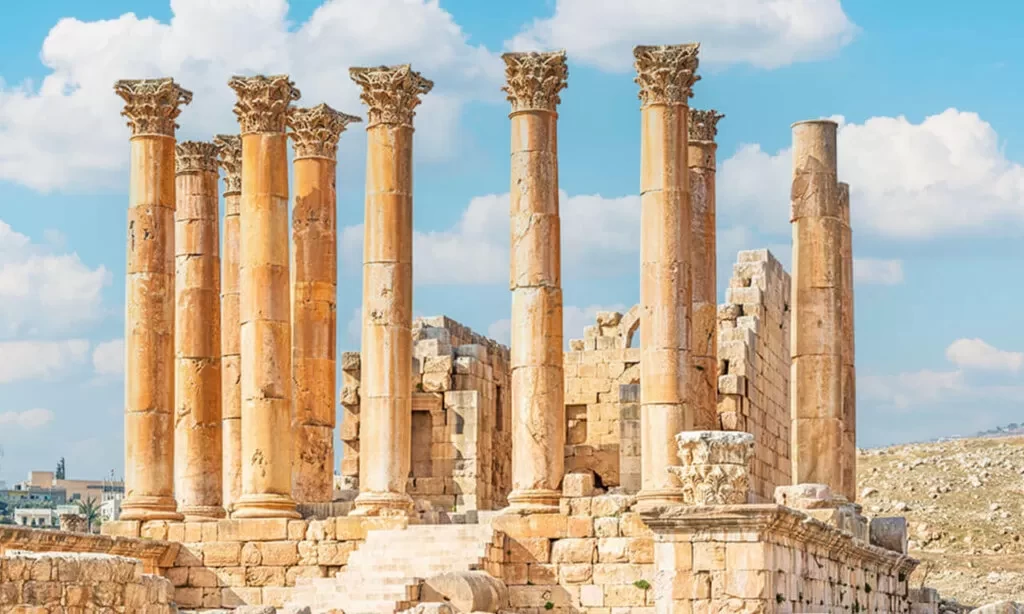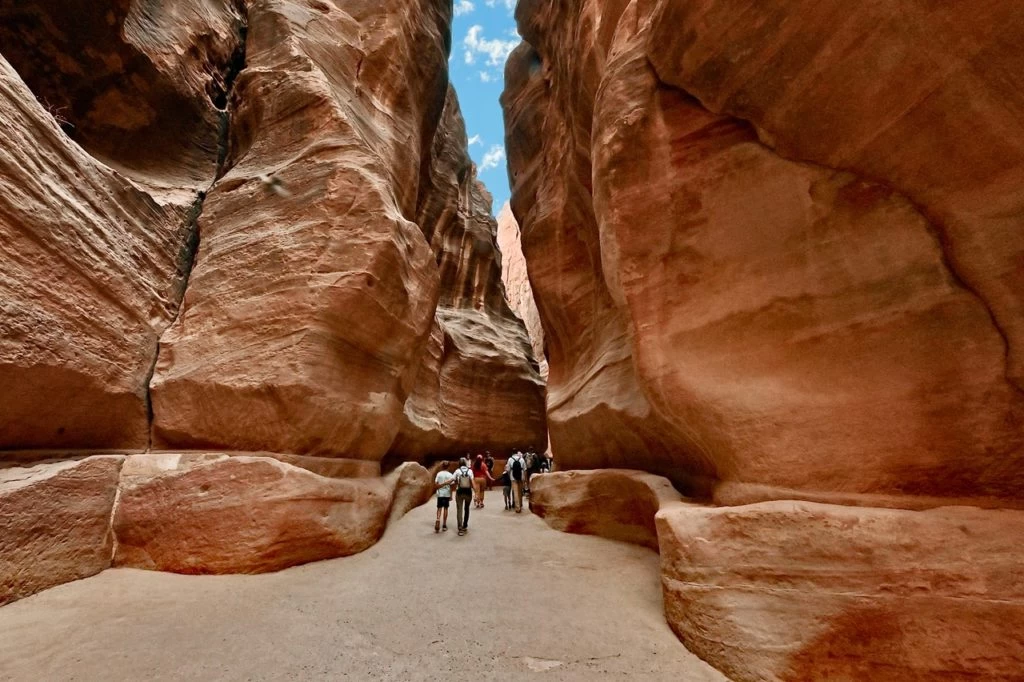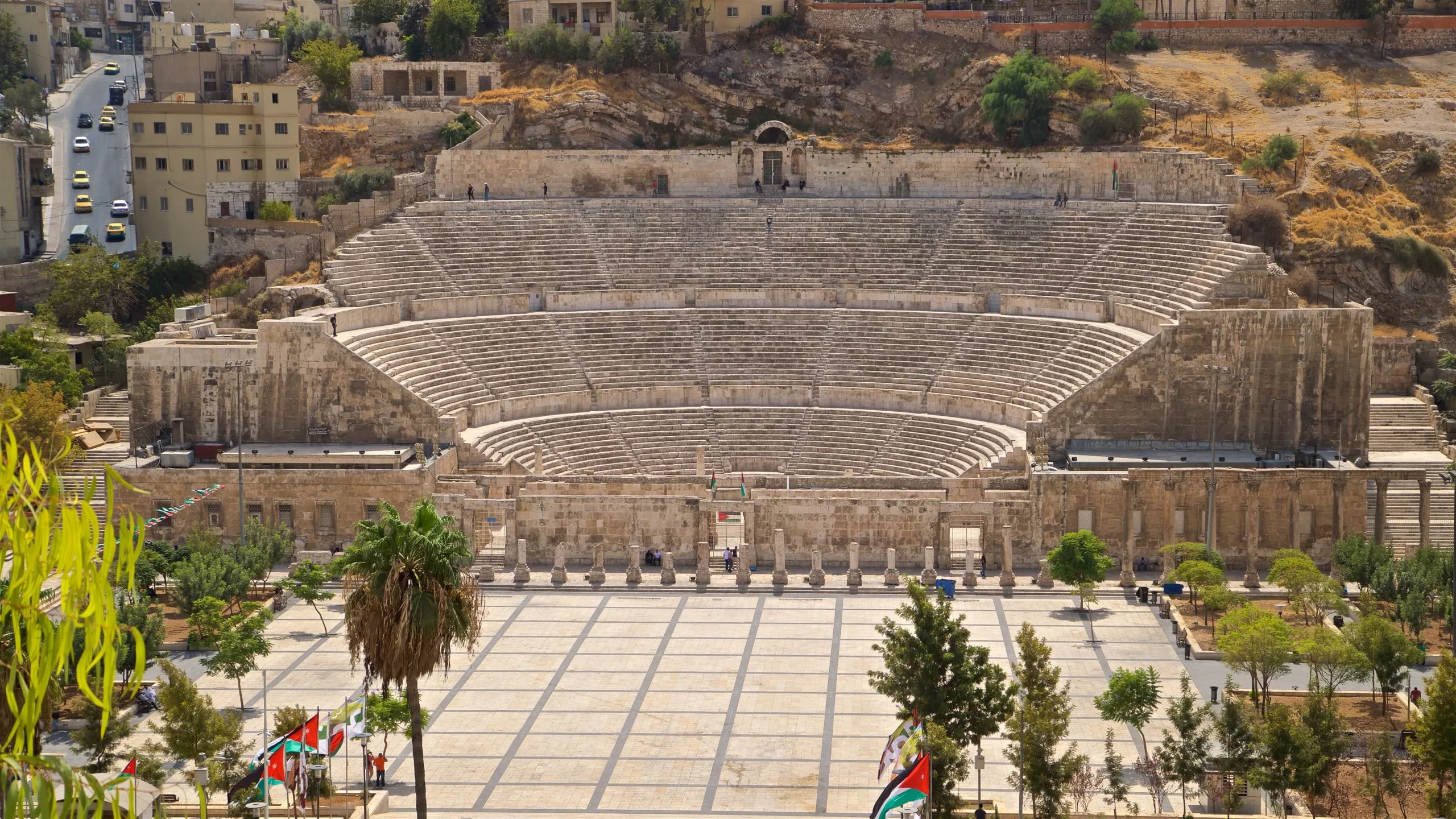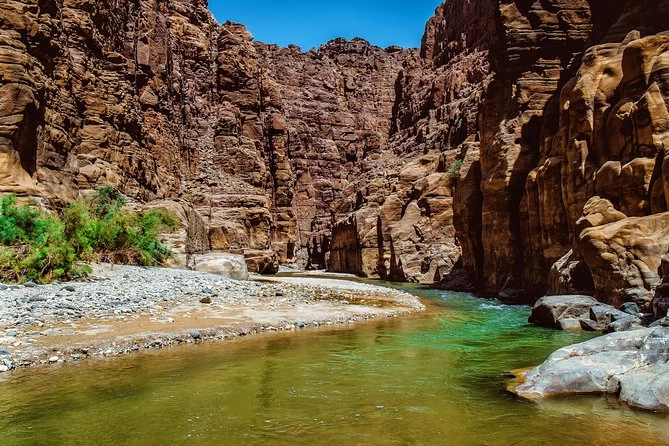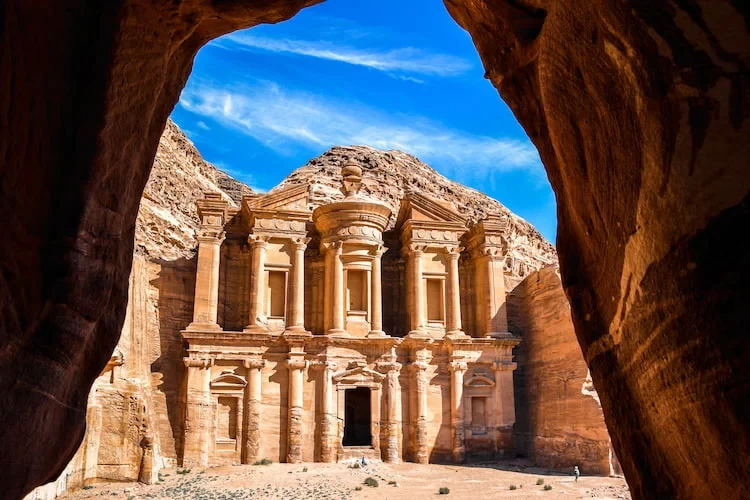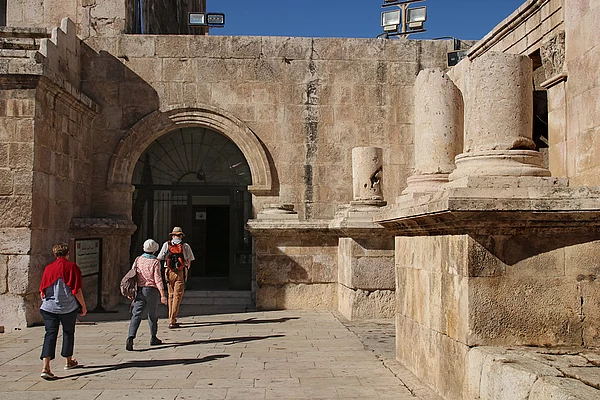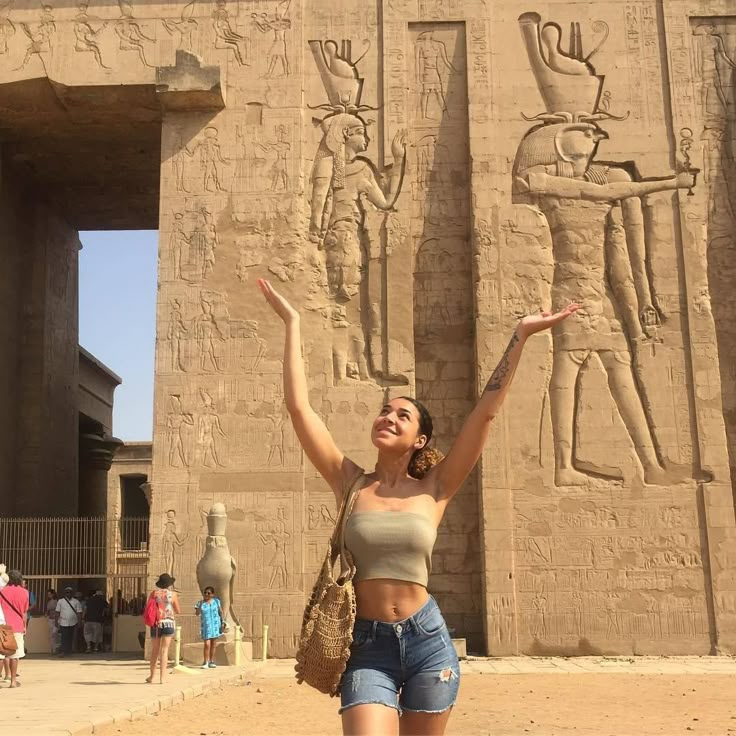Baptism Site – Bethany Beyond the Jordan
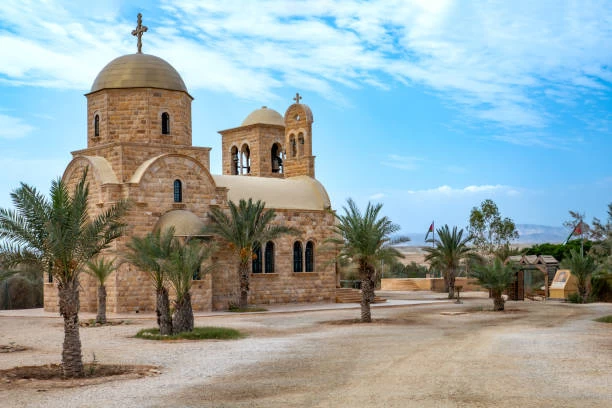
Did You Know?
-
Al-Maghtas is mentioned in the Gospel of John (1:28) as Bethany Beyond the Jordan.
-
It’s one of the oldest Christian pilgrimage sites in the world.
-
The area features over 20 archaeological structures, including ancient chapels and baptismal pools.
-
It’s only 15 minutes from the Dead Sea and 50 km from Amman, making it an easy half-day trip.
-
The site was hidden for centuries until rediscovered in the 1990s after archaeological surveys confirmed its authenticity.
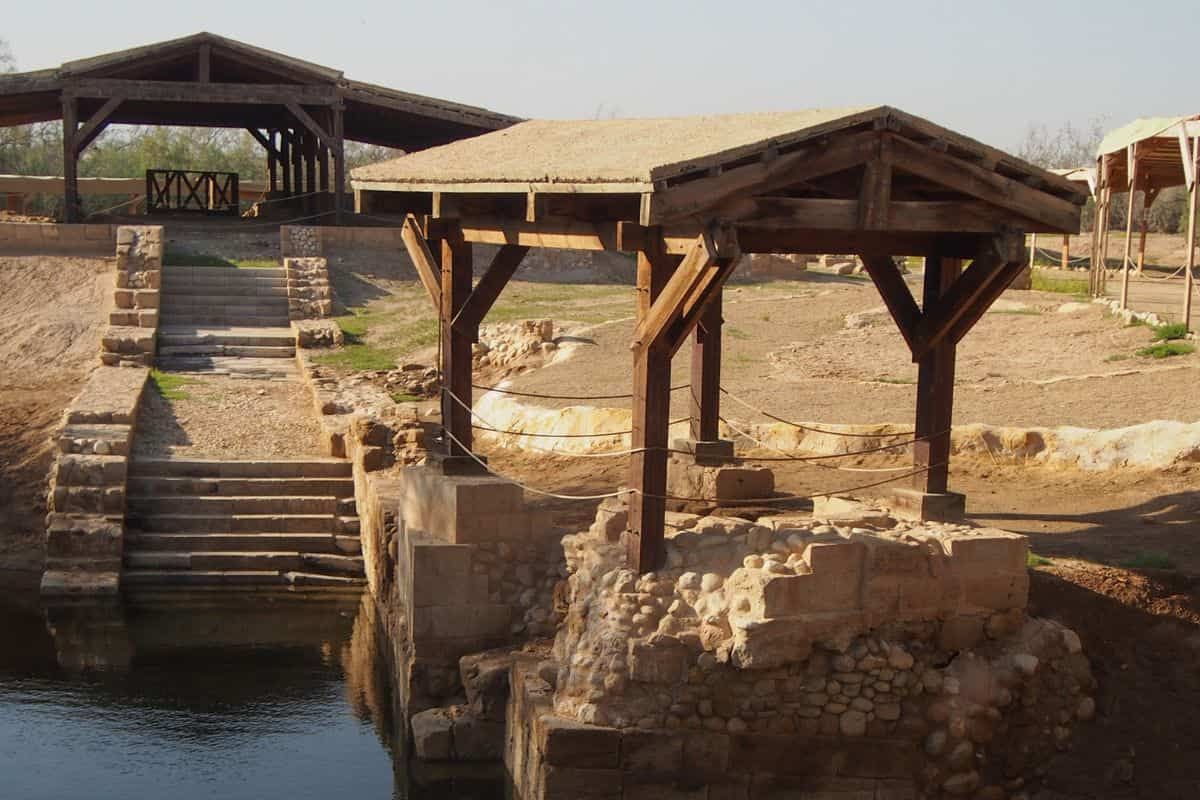
Bethany Beyond the Jordan (Al-Maghtas)
There are some places in the world that, although they speak in a very soft manner, their power still remains, and one of those is Bethany Beyond the Jordan, or Al-Maghtas. This placid area of land, just a few minutes' drive away from the Dead Sea on the eastern bank of the river Jordan, has a spiritual weight that is unequalled. It is believed to be the very spot where John the Baptist performed his baptism of Jesus—the start of a story that eventually altered the course of history.
If you were to take a stroll along the dusty tracks of Al-Maghtas, it would be quite difficult not to be overwhelmed by the prevailing awe. The serenity of the air, the beauty of the landscape, even the stones and the footsteps seem to be immersing you into thousands of years of faith and worship. This is not a replica of a holy site—it is a genuine biblical landscape, which has been preserved and revered through time.
Where Faith Meets the Earth
Archaeologists uncovered the remains of ancient baptismal pools, churches, and hermit caves in the 1990s, confirming centuries of Christian pilgrimage accounts. What they found here wasn’t just evidence — it was living testimony.
The area includes the original baptismal site, early Byzantine churches, and the new Church of St. John the Baptist, which stands quietly by the riverbank. Pilgrims from around the world visit to walk in the same waters where Jesus once stood, to reflect, and sometimes to be symbolically baptized.
Unlike many holy sites surrounded by modern development, Al-Maghtas remains serene, almost frozen in time. You won’t find crowds or noise — only the sound of wind moving across the desert and the quiet ripple of the river.
Visiting Bethany Beyond the Jordan Today
The journey begins at the visitor center, where local guides take you through the archaeological site. A short bus ride leads you down to the river, where the calm brown waters of the Jordan shimmer beneath the desert sun.
Bring comfortable shoes — you’ll walk through sandy trails and ancient ruins. Modest clothing is appreciated, and if you wish, you can join a short prayer or baptismal ceremony by the river.
For most visitors, two to three hours are enough to explore the site. Yet the feeling of peace that lingers here can stay with you long after you leave.
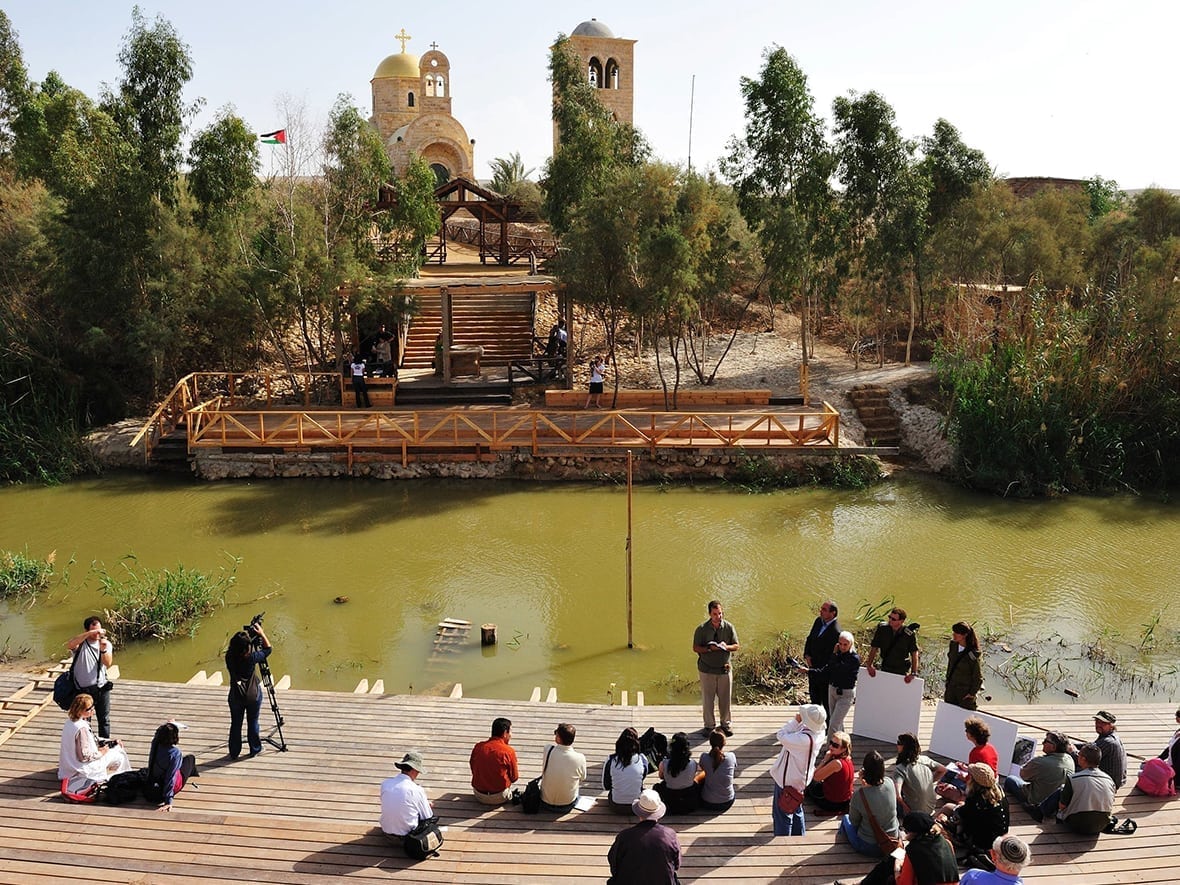
What Makes Al-Maghtas Special
Bethany Beyond the Jordan, or Al-Maghtas, is a site of the rarest and most sacred significance to mankind that is inextricably linked to the Bible. It is a point of intersection for faith, history, and humanity. Its astonishing quality is not only the connection to the baptism of Jesus Christ but also the peace and unity that are felt by everyone visiting there, no matter what their faith or background.
Here, a massive gathering of pilgrims from all parts of the globe takes place. It does not matter whether they are Catholics, Orthodox, or Protestants; all are walking the same ancient road that leads to the river Jordan's waters, just as millions did a century ago. The atmosphere is of deep spirituality yet humbly simple—the prayer sound is often blending with the rustle of the desert winds and the river's smooth flowing.
In 2015, Al-Maghtas was officially recognized by UNESCO as a World Heritage Site, a label that emphasizes its significance not only religiously but also archaeologically and culturally. The excavations at the site have exposed the remains of churches from the Byzantine period, baptismal pools, and shrines of monks, each one giving a peek into the past of devotion and architectural fineness over the centuries. The thin layer of mosaics, steps of stone, and early Christian inscriptions are all in fragments, but they still sound silent witness to the faith that survived all through time.



